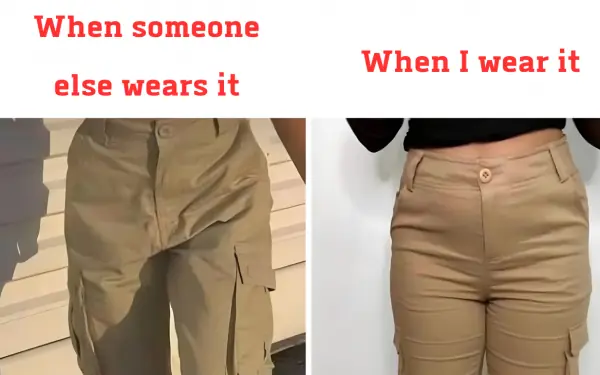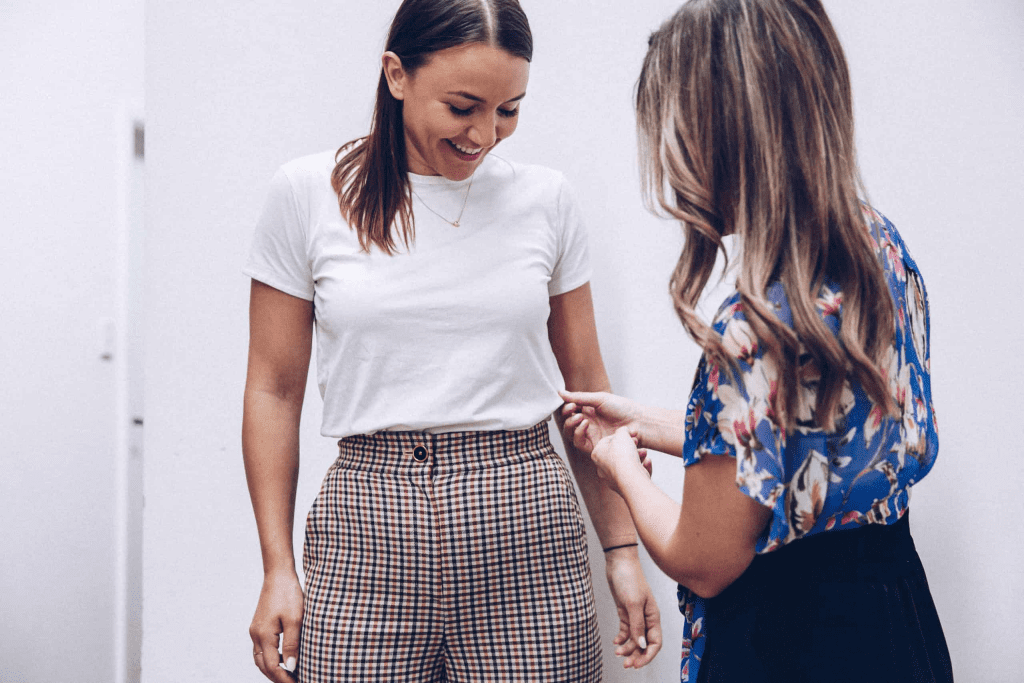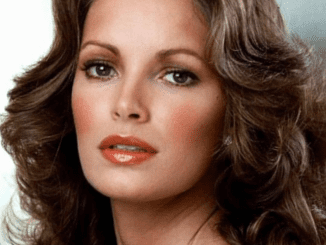Have you ever fallen in love with a stylish outfit online, only to try it on yourself and feel utterly disappointed? You’re not alone. One of the biggest fashion frustrations is buying clothes that look amazing on the model but just don’t have the same effect when you put them on. Why does this happen? Let’s dive into the reasons why your clothes don’t always live up to your expectations.
The Harsh Reality of Online Fashion Shopping
We’ve all been there. You scroll through your favorite online store and spot the perfect pair of cargo pants or that trendy top. The model looks flawless, effortlessly pulling off the look. You click “Add to Cart” without a second thought, only to find that when you try it on, something feels off. The fit isn’t quite right, and it just doesn’t look as flattering as you imagined.
Why is this the case? The truth is, fashion photos online can be deceiving, and there are a few major reasons behind this wardrobe disappointment.

Different Body Types Mean Different Fits
One of the most significant reasons why clothes don’t look the same on you as they do on the model is simple: your body type is different. Models are chosen specifically for their tall, slender frames that make clothes hang in a way that’s universally appealing.
The Model Standard
Models typically have:
- Long legs and a proportionate torso
- Minimal curves that make clothes drape smoothly
- A taller-than-average height (usually around 5’9” and above)
In contrast, most of us have unique body shapes that don’t conform to the model standard. Maybe your hips are wider, your torso shorter, or your legs a little more muscular. It’s not about being better or worse – it’s just different.
Why It Matters
When designers create clothes, they often base the cut and fit on sample sizes that are made to fit models. As a result, those cargo pants that looked perfectly tailored on the model may bunch up or fit too snugly around your thighs.
Weight Distribution Plays a Big Role
Even if you have a similar height or general build as a model, weight distribution can vary greatly. Some people carry more weight in their midsection, while others may have fuller thighs or broader shoulders.
Video : Choose Your Aesthetic ‼️
How It Affects Fit
For example:
- Pants: Cargo pants that look sleek on a model might look baggy or oddly creased on you if your weight is distributed differently.
- Tops: A crop top that appears balanced on a model might ride up if you have a fuller bust or a shorter torso.
Solution: Know Your Measurements
When shopping online, make sure to check the sizing guide carefully and consider how your weight distribution might affect the fit. Sometimes sizing up or down based on specific areas (like waist or hips) can make a big difference.
The Model’s Pose and Styling Tricks
Models don’t just stand still – they pose to accentuate their best features and make the clothes look good. Stylists are also involved in pinning, tucking, and even altering clothes just for the photo shoot.
Why Posing Matters
When you’re casually standing in front of a mirror, you’re likely not striking the same angles that models do. Poses like arching the back, elongating the neck, or shifting weight onto one hip can dramatically change how clothes appear.
Styling Secrets
- Pins and Clips: Often, clothes are pinned at the back to make them appear more fitted.
- Lighting and Editing: Bright lights and post-processing can smooth out fabric wrinkles and enhance the silhouette.
Fabric and Material Can Be Deceptive
Another reason your outfit might look different is the type of fabric. On camera, materials like satin or polyester can appear smoother and more structured. In real life, however, these fabrics might cling, wrinkle, or hang differently depending on your body temperature and movement.
The Fabric Factor
- Stretchy vs. Structured: Clothes that have stretch may cling differently than you expect.
- Thicker Fabrics: These may look tailored on the model but bulky on a different body type.
Your Personal Style and Comfort Level

Sometimes, it’s not just about the fit – it’s also about how comfortable you feel. When you see a model wearing something trendy and confident, you may picture yourself looking the same way. But confidence doesn’t always come from wearing the same clothes – it comes from feeling comfortable and true to yourself.
Finding Your Comfort Zone
- Opt for styles that enhance your natural silhouette.
- Choose outfits that align with your personal fashion sense rather than chasing trends.
Tips for Making Fashion Work for You
Instead of focusing solely on how a model looks in an outfit, consider the following tips:
1. Dress for Your Shape
Understand your body type and choose clothes that complement your natural figure. For example:
- Pear-shaped: Highlight your waist with high-rise pants.
- Apple-shaped: Flowy tops can balance out a fuller midsection.
- Hourglass: Fitted clothes that accentuate your waist work best.
2. Try Before You Buy
Whenever possible, visit a store to try on similar styles before committing to an online purchase. If that’s not feasible, choose retailers with generous return policies.
Video : Why Clothes Matter
3. Don’t Compare Yourself to Models
Models are styled to look a certain way, and they’re often chosen because their bodies naturally suit the clothing. Instead, focus on what makes you feel confident and stylish.
Final Thoughts: Embrace Your Unique Style
At the end of the day, fashion should be about expressing yourself, not trying to look like someone else. Models may showcase the clothes, but you bring them to life with your personality and confidence. Remember, it’s not about being the perfect fit for every trend – it’s about finding what makes you feel amazing in your own skin.
Next time you’re browsing through online stores, keep these insights in mind. Rather than feeling disappointed when something doesn’t look the same on you, embrace your individuality and choose pieces that make you feel empowered. You’re not meant to look like a model – you’re meant to look like you!


